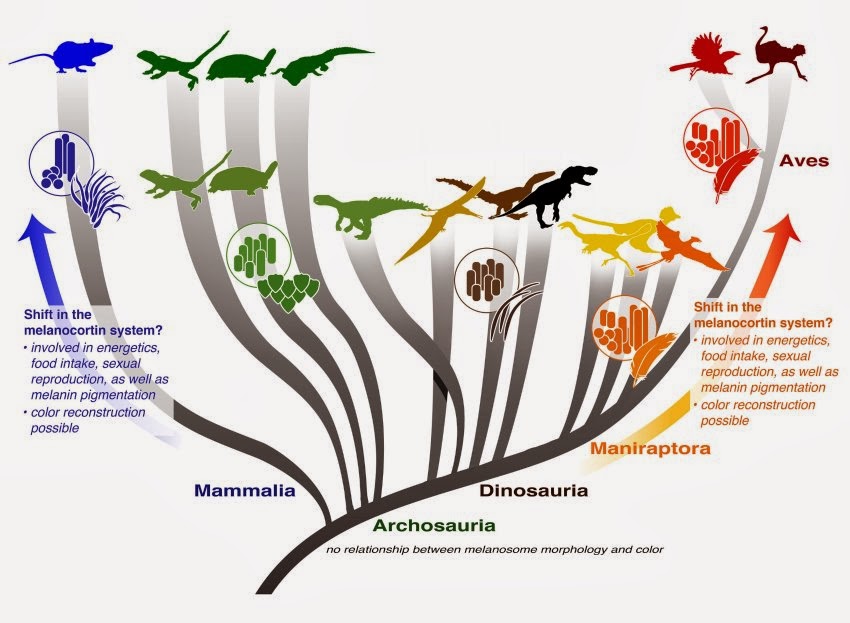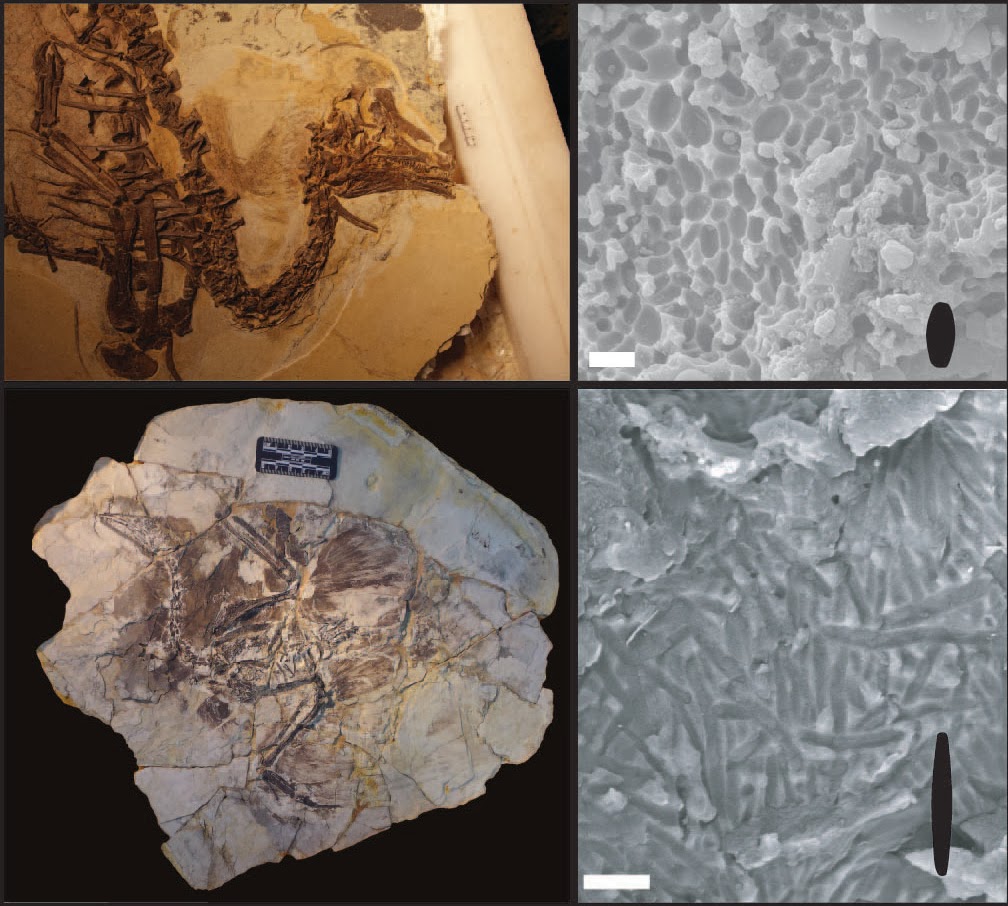Abstract
Four new cyprinid species of the Rasbora trifasciata-group, Rasbora api, R. nodulosa, R. kluetensis, and R. truncata, are described from northwestern Sumatra, Indonesia.
Rasbora api is distinguished from its congeners in the R. trifasciata-group by an anteriorly tapering black midlateral stripe extending posteriorly along the flank from the first lateral-line scale system and terminating at a slightly wider black basicaudal spot on the caudal-fin base, and stout conical cephalic tubercles with basal portion bearing microgranules (Type A tubercles). Rasbora nodulosa is distinguished from its congeners in the species group by having nodular and smaller cephalic tubercles (Type D tubercles). Rasbora kluetensis is distinguished from its congeners in the species group by the conical cephalic tubercles with a somewhat protruded base bearing microridges (Type E tubercles). Rasbora truncata differs from its congeners in the species group by a combination of meristic, pigmentary, and tuberculation features, and details of the lateral line system.
Rasbora api is distinguished from its congeners in the R. trifasciata-group by an anteriorly tapering black midlateral stripe extending posteriorly along the flank from the first lateral-line scale system and terminating at a slightly wider black basicaudal spot on the caudal-fin base, and stout conical cephalic tubercles with basal portion bearing microgranules (Type A tubercles). Rasbora nodulosa is distinguished from its congeners in the species group by having nodular and smaller cephalic tubercles (Type D tubercles). Rasbora kluetensis is distinguished from its congeners in the species group by the conical cephalic tubercles with a somewhat protruded base bearing microridges (Type E tubercles). Rasbora truncata differs from its congeners in the species group by a combination of meristic, pigmentary, and tuberculation features, and details of the lateral line system.
Other members of the R. trifasciata-group in the region, Rasbora meinkeniand R. tobana, are redescribed. Rasbora tobana is resurrected.
Three new areas of endemism in northwestern Sumatra are proposed based on the distributions of three new endemic species: the Tripa District represented by R. nodulosa, the Kluet District represented by R. kluetensis, and the Alas District represented by R. truncata.
Daniel N. Lumbantobing. 2010. Four New Species of the Rasbora trifasciata-Group (Teleostei: Cyprinidae) from Northwestern Sumatra, Indonesia. Copeia. 2010(4); 644-670.




































